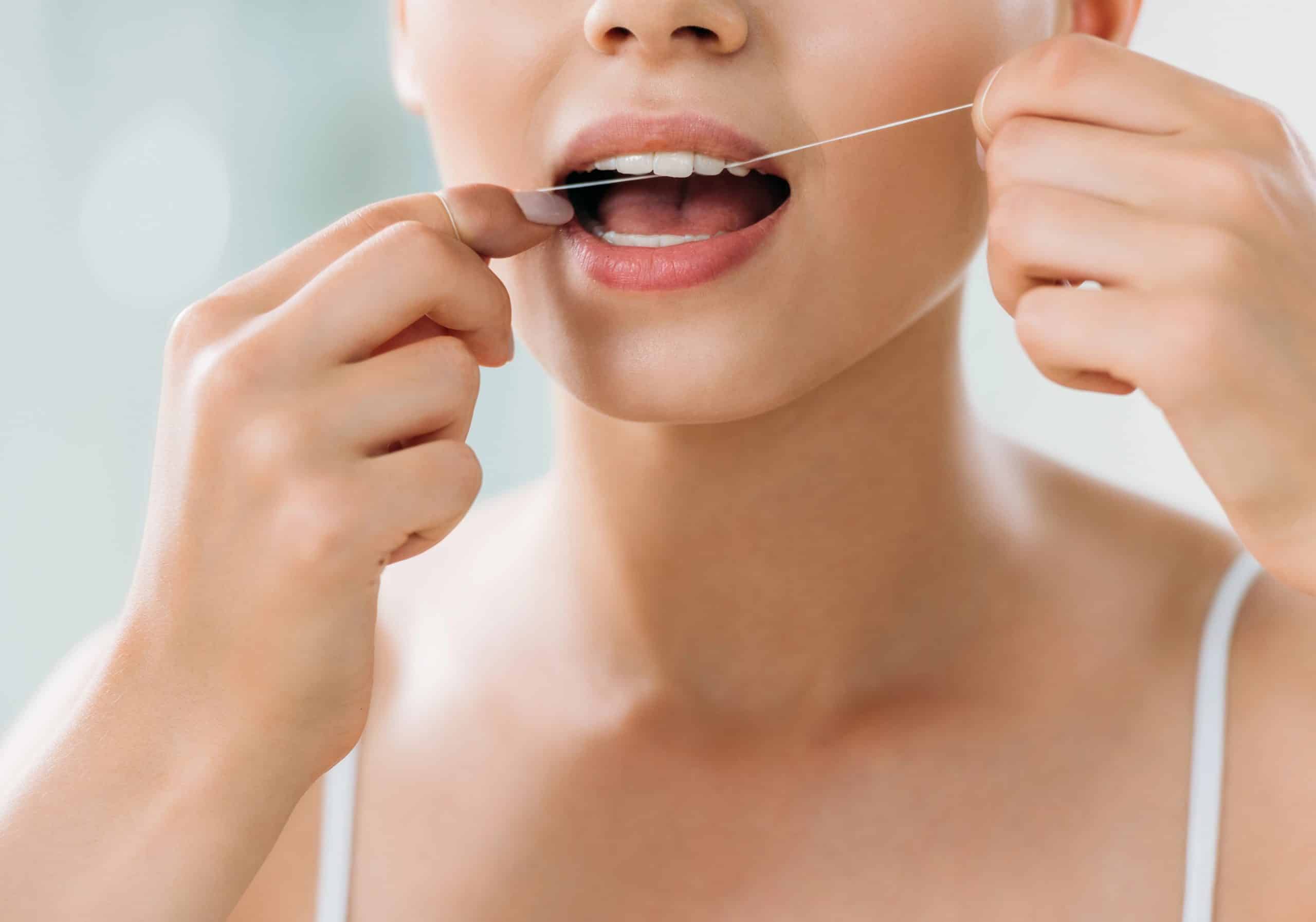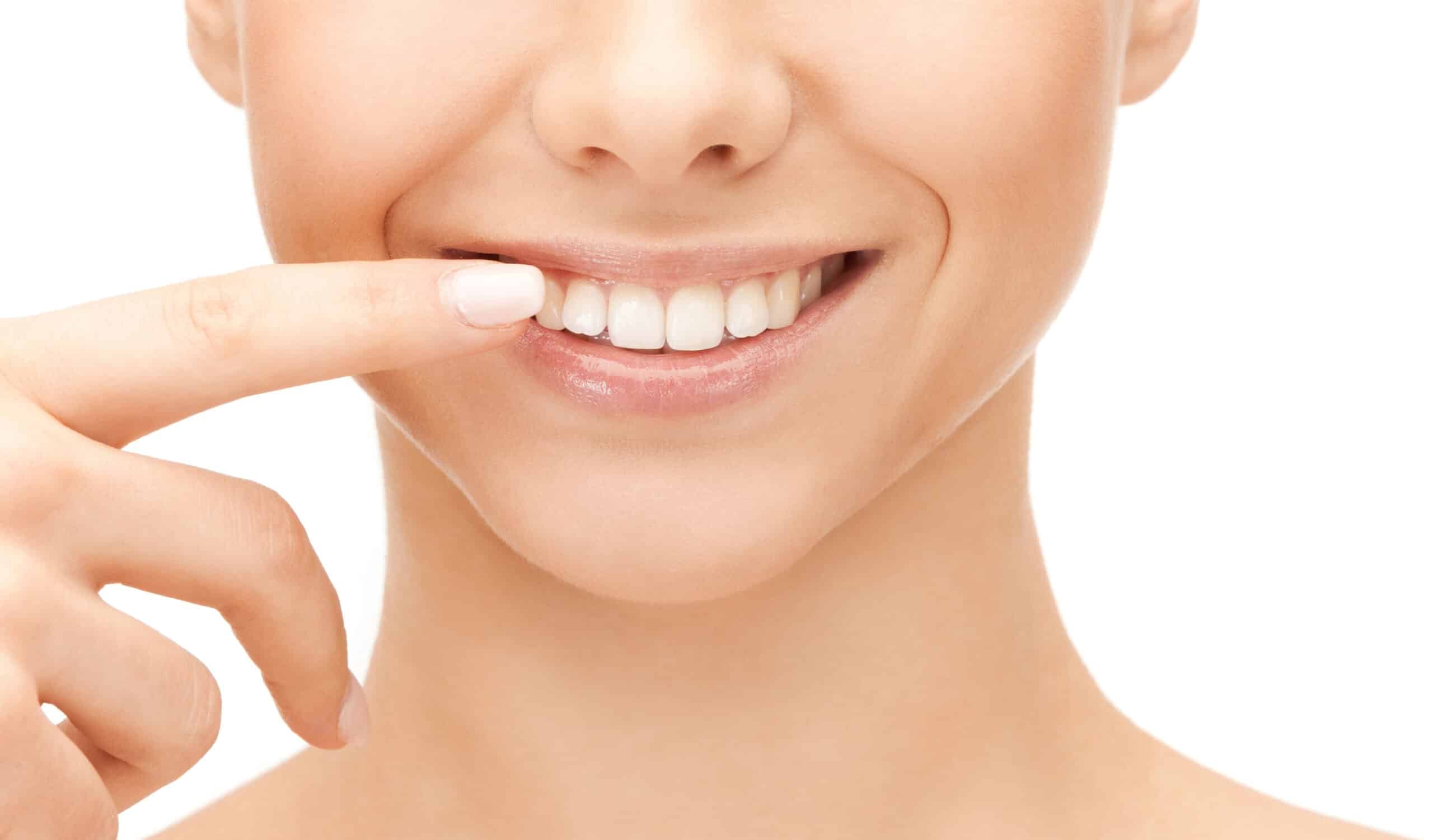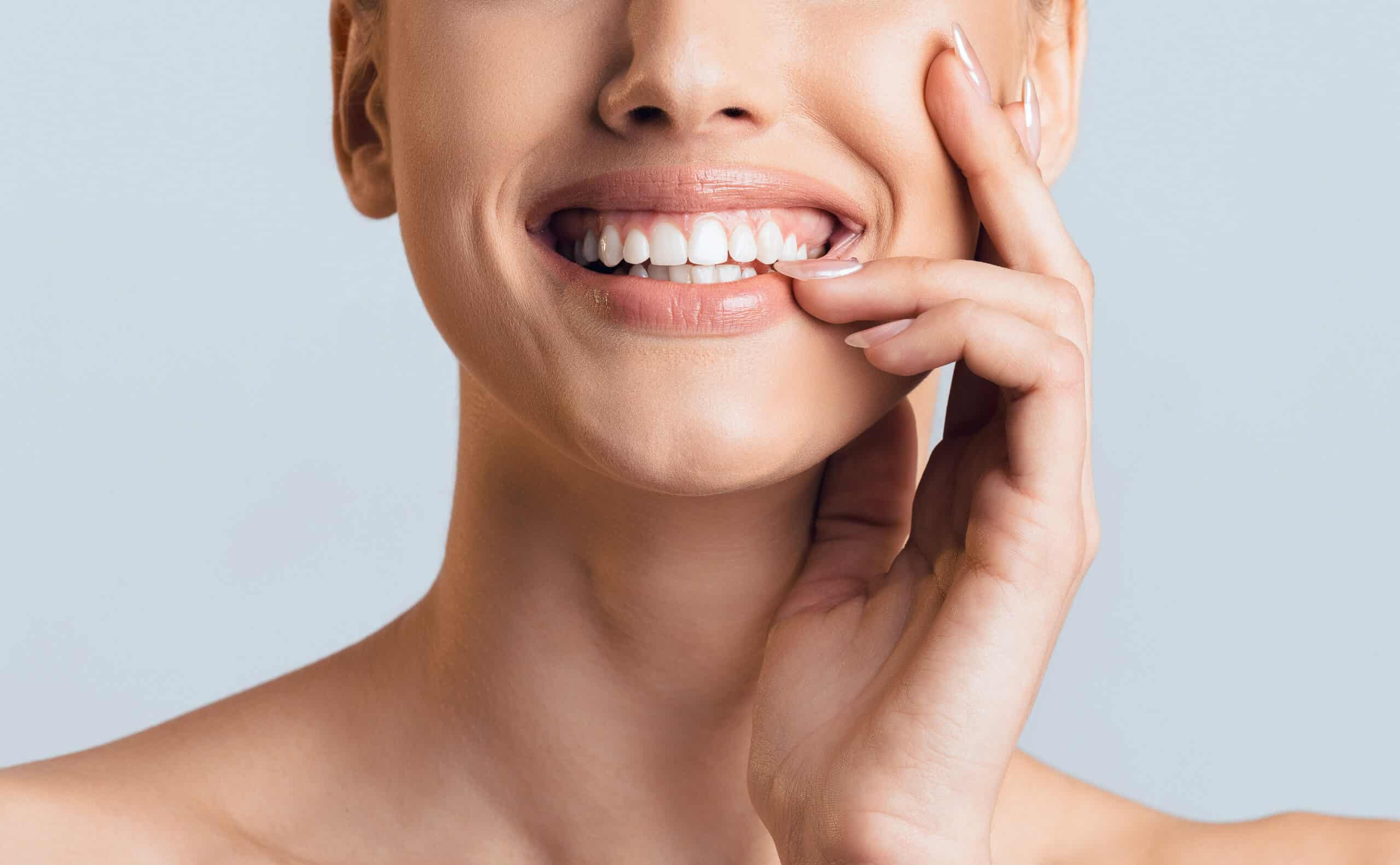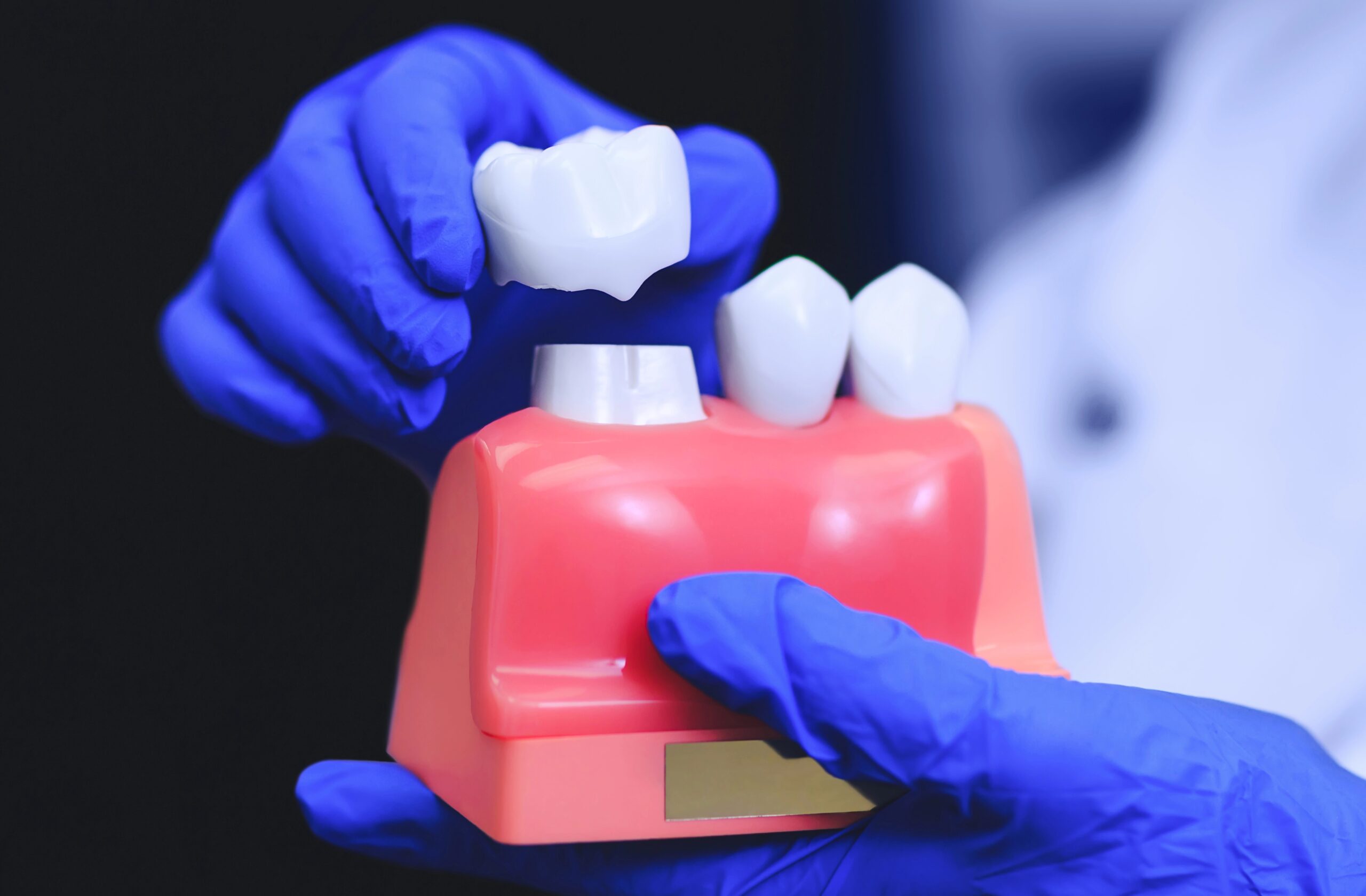
Orthodontics: Different Types of Braces and Orthodontic Treatments
- Posted on July 12, 2023
Do You Need Orthodontic Treatment?
The goal of any orthodontic treatment is to straighten teeth to improve function. The alignment of teeth and jaws impacts how the top and bottom teeth come together. If misaligned, this is known as a bad bite, or malocclusion, which can make it hard to eat and speak, and can cause other oral health issues. Teeth are more likely to wear prematurely and unevenly, and excess strain is put on the jaw. Crooked, crowded, protruding, missing teeth, or poor jaw alignment can create a poor bite. Misaligned teeth increase the likelihood of tooth decay and gum disease, since it is usually harder to clean tooth surfaces properly. Crowded and crooked teeth create areas where bacteria and debris can be trapped, leading to tooth decay and gum disease. Protruding teeth are more easily chipped or broken.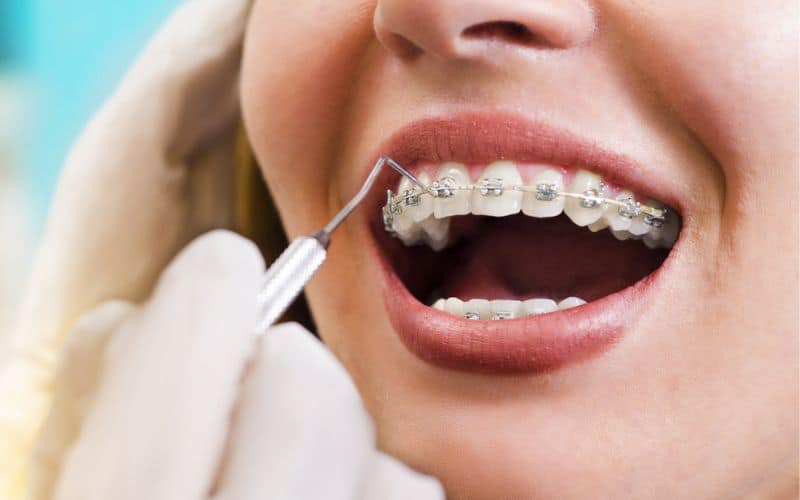
Types of Orthodontic Treatments
Depending on your individual situation, your orthodontist will recommend one of the following orthodontic treatments, or a combination of treatments, to straighten your teeth or jaw.Oral surgery
In more severe cases, surgery may be recommended. A tooth extraction, for one or more teeth may be needed for severely crowded teeth, or where a tooth is very misaligned. If a patient's jaws are positioned incorrectly, an orthognathic treatment, or jaw surgery, can help to realign the top, bottom, or both jaws.Headgear
Your orthodontist may recommend that you wear headgear, which is an appliance that sits around your head. Headgear is usually used to realign back teeth, or hold them while the front teeth are realigned. It is usually only worn in the evenings and overnight. Headgear can adjust tooth movement and jaw growth for growing patients.Braces
Braces are a very common orthodontic treatment. Orthodontists place them carefully to correct the alignment of the teeth to straighten them. Braces work by putting pressure on the teeth to move them into the correct position. Gentle pressure is used to gradually move teeth. The treatment time will vary depending on the severity of your condition. For mild cases, it can take as little as six months, but for more severe cases, it can take years. There are a few different types of braces.Traditional Metal Braces
Traditional braces, or metal braces, use metal brackets, wires, and bands called ligatures. Metal braces are placed by the orthodontist to shift the teeth into the desired position. A bracket is bonded onto every tooth. The orthodontist then attaches a wire over top of the brackets, while the ligatures hold the wire in place.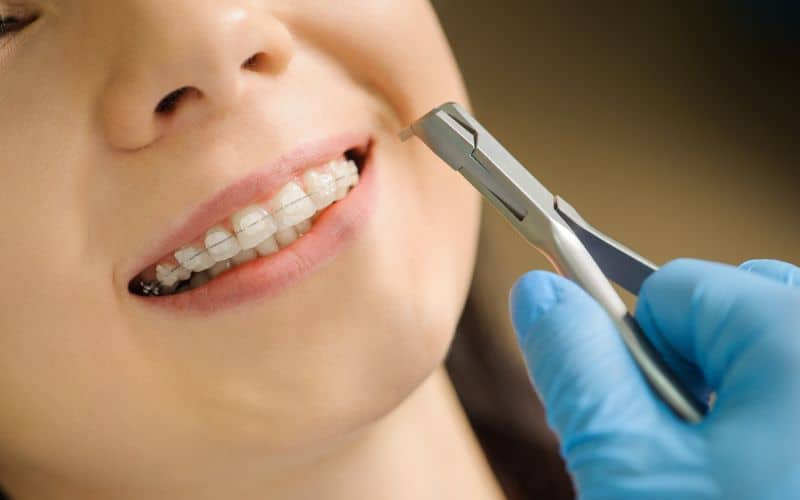
Ceramic Braces
Ceramic braces are also often called clear braces. They are the same as metal braces, but they are made of tooth-coloured ceramic brackets, or clear brackets, which are affixed to your teeth. The wires and bands are also clear or tooth-colored.Lingual Braces
Lingual braces are fixed to the inside surfaces of your teeth, so they are more discreet and invisible. They work in the same way as metal braces.Self Ligating Braces
Unlike metal braces that use small elastic bands to keep the metal wire in place, self-ligating braces use a built-in system. Thus they are easier to clean and require fewer visits to the orthodontist.Removable Devices
Removable devices, such as Invisalign, work similarly to fixed braces. Clear aligners are suitable for patients with mild to moderate misalignments. Sets of clear aligner trays are used in a progression to gradually move teeth into alignment. Clear aligners are transparent, so are less noticeable than braces. They are also removable, which makes brushing, flossing, and eating easier; however, they do need to be worn for at least 22 hours a day to be effective.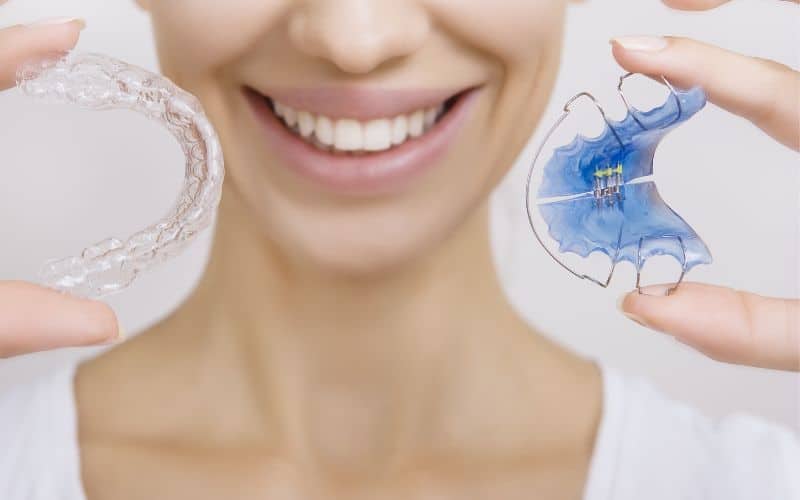
Retainers
Retainers are usually used after braces have been removed. They help keep your teeth in the corrected positions. You can have fixed or removable retainers. A fixed retainer is attached directly to your teeth. If you have a removable retainer, your dentist will advise if it needs to be worn at all times or just for part of the day. If you have misaligned teeth, your dentist at Tooth Buds Dentistry can discuss potential orthodontic treatment options, and refer you to a trusted orthodontist for specialty treatment or surgery as necessary.
Dr. Prabhdeep Kaur, a General Dentist, has been enriching the field of dentistry with her expertise for over 13 years, having obtained her license in Canada in 2015. A holder of a BDS degree, Dr. Kaur’s proficiency spans a wide array of dental services, including General and Cosmetic Dentistry, Wisdom Teeth Extractions, Invisalign, and more. Her commitment to her craft is further evidenced by her memberships in prestigious organizations like the Ontario Dental Association, the Academy of General Dentistry, and the Royal College of Dental Surgeons of Ontario.
Renowned for her patient-focused approach, Dr. Kaur emphasizes the importance of listening and customizing treatments to meet individual needs, viewing dentistry not only as a science but also as an art form dedicated to enhancing and restoring smiles. Her dedication to ongoing education ensures she remains at the cutting edge of dental advancements.
Outside her professional life, Dr. Kaur enjoys family time, travel, and cinema, adding a relatable and approachable dimension to her persona. She is passionate about delivering professional and quality dental care, driven by her desire to connect with people and address their dental needs effectively.
Dr. Kaur’s journey in dentistry serves as an inspiration for aspiring dental professionals, advocating determination, motivation, and enjoyment in their work. Follow her journey and professional updates on Instagram @drprabh84, where she continues to inspire both her patients and peers in the dental community.

